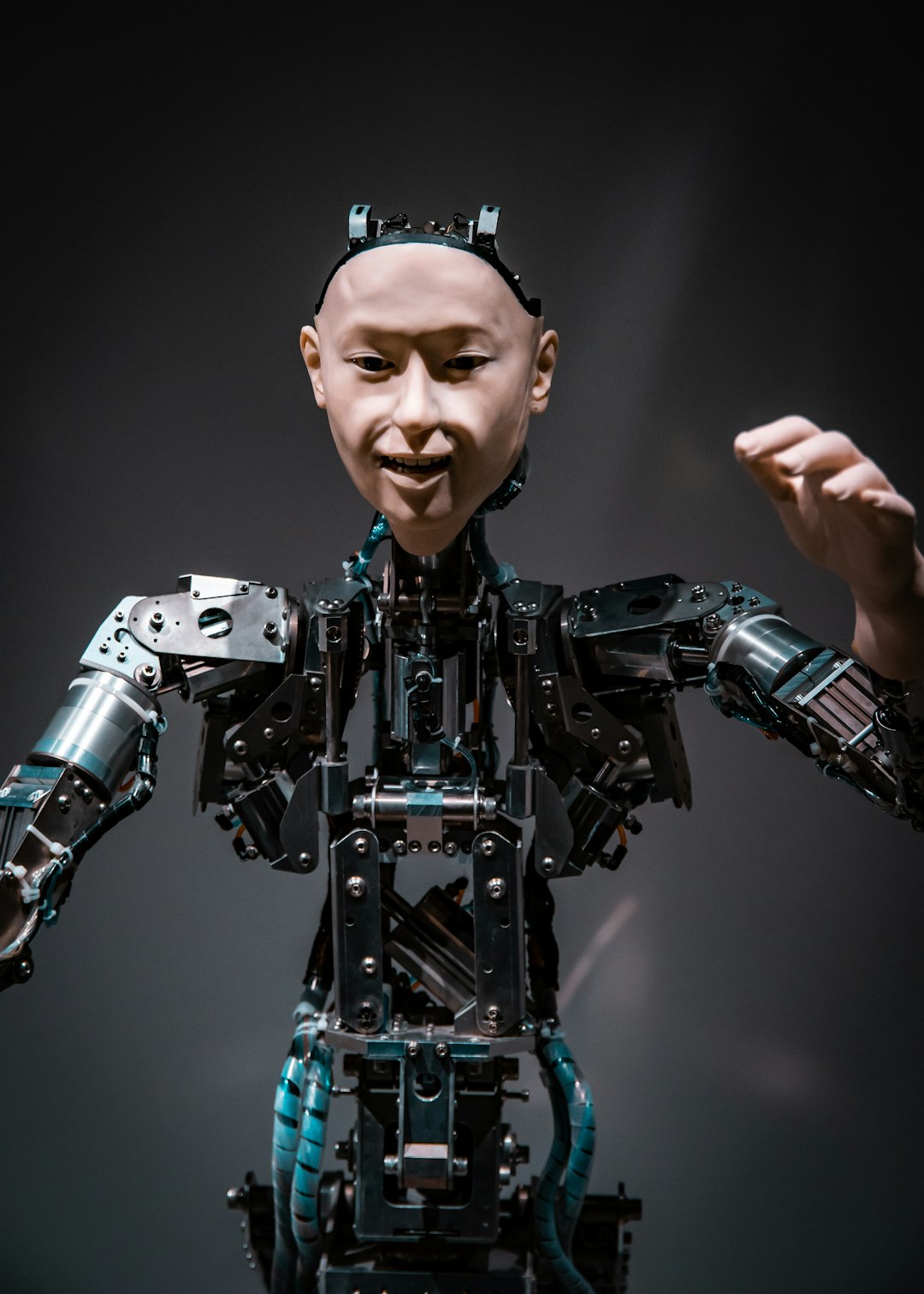
Unlocking Holographic Experiences through Scripting and AI Rendering
The realm of holography has transcended traditional boundaries, emerging as a powerful medium for communication and entertainment. As technology advances, the integration of scripting and AI rendering plays a pivotal role in unlocking immersive holographic experiences. This article delves into current developments, practical applications, and emerging trends, providing insights into how these technologies shape the future.
The Convergence of Scripting and Holography
Scripting serves as the backbone of interactive holographic experiences. By utilizing programming languages such as JavaScript, Python, and C#, developers can create scripts that control holographic elements, enabling dynamic interactions. For instance, the use of WebGL allows for the creation of 3D graphics within web browsers, which can be enhanced with holographic overlays. This combination opens doors to innovative applications in areas such as education, gaming, and marketing.
Practical Applications of Holographic Scripting
-
Education: Holography in educational settings offers immersive learning experiences. By scripting interactive holograms, students can engage with complex subjects like biology or physics in a three-dimensional space. For instance, a holographic model of the human heart can be manipulated to show its functions in real-time, enhancing understanding and retention.
-
Gaming: The gaming industry is witnessing a revolution with the advent of holographic experiences. Developers can script scenarios where players interact with holographic characters and environments, creating a more engaging and realistic gaming experience. Games like “HoloLens” showcase how AI rendering can produce lifelike environments, breaking the barriers of traditional gaming.
-
Marketing: Brands are leveraging holographic displays to create captivating advertisements. Scripting allows for real-time data integration, enabling personalized holographic content tailored to the viewer’s preferences. Companies like Coca-Cola have experimented with holographic vending machines that engage consumers in interactive experiences.
AI Rendering: The Future of Holography
AI rendering has emerged as a game-changer in the creation of holographic content. By utilizing machine learning algorithms, developers can generate high-quality holograms that adapt to user interactions. This not only enhances the visual appeal but also improves performance and efficiency.
Key Developments in AI Rendering
-
Deep Learning Techniques: By employing neural networks, AI can analyze vast datasets to produce realistic holographic images. These techniques allow for real-time rendering of complex scenes without sacrificing quality.
-
Dynamic Content Generation: AI can create holographic content on-the-fly, adjusting to user preferences and interactions. This is particularly useful in gaming and virtual reality, where player choices can influence the storyline and environment.
-
3D Reconstruction: AI algorithms can facilitate the conversion of 2D images into 3D holograms. This capability enables the creation of lifelike representations from simple photographs, making it easier to produce engaging content without extensive resources.
Case Studies: Success Stories in Holographic Technology
Several organizations have successfully implemented holographic experiences through scripting and AI rendering:
-
Microsoft HoloLens: This augmented reality headset utilizes scripting to create immersive experiences that blend the digital and physical worlds. Developers can use tools like Unity and Visual Studio to create interactive applications that leverage AI rendering for enhanced realism.
-
Magic Leap: This startup has pioneered holographic technology with its Magic Leap One headset. By incorporating AI-driven content creation and scripting capabilities, they enable developers to craft unique experiences that respond to the user’s environment and interactions.
Expert Opinions on the Future of Holographic Experiences
Industry experts believe that the combination of scripting and AI rendering will redefine how we interact with digital content. According to Dr. Jane Smith, a leading researcher in holography, “The potential for holographic experiences is limitless. As we continue to refine scripting techniques and enhance AI capabilities, we can expect to see unprecedented levels of interactivity and immersion.”
Further Reading and Resources
To expand your understanding of holographic technologies, consider exploring the following resources:
By delving into these materials, you can gain deeper insights into scripting and AI rendering’s role in creating holographic experiences.
In conclusion, the fusion of scripting and AI rendering is unlocking new realms of creativity and interactivity in holography. As these technologies continue to evolve, we can anticipate a future where holographic experiences become an integral part of our daily lives. Feel free to share this article with others interested in technology trends, and don’t hesitate to explore the tools and resources provided to enhance your understanding.


